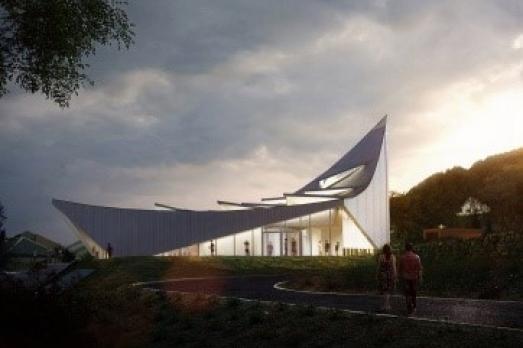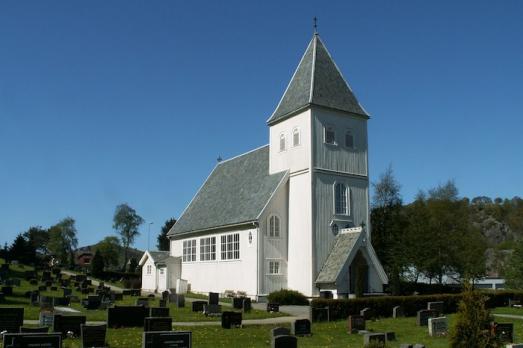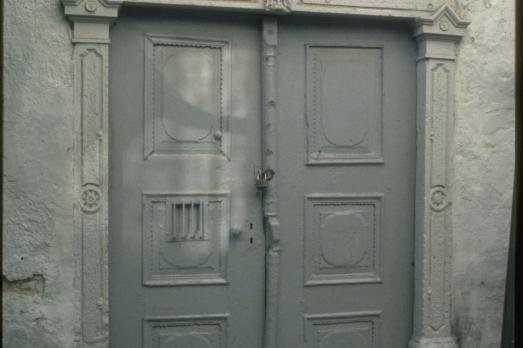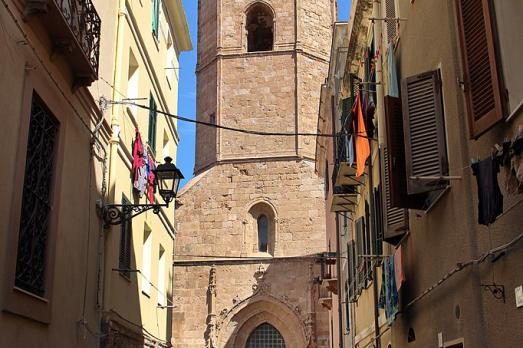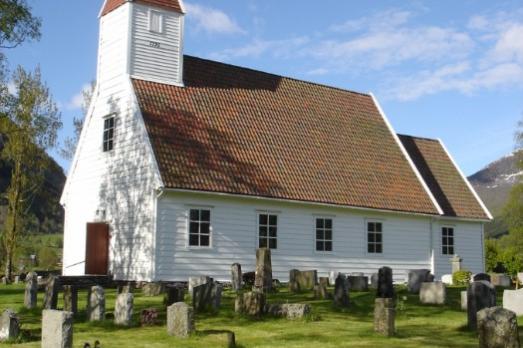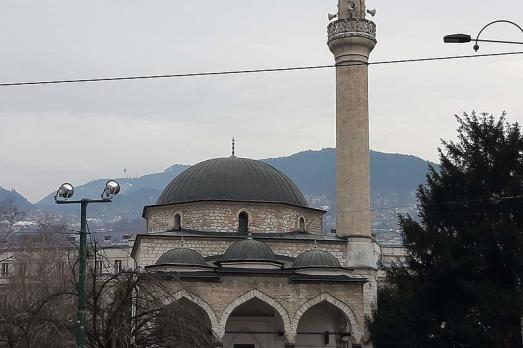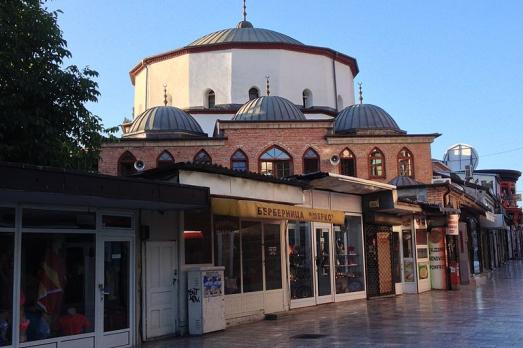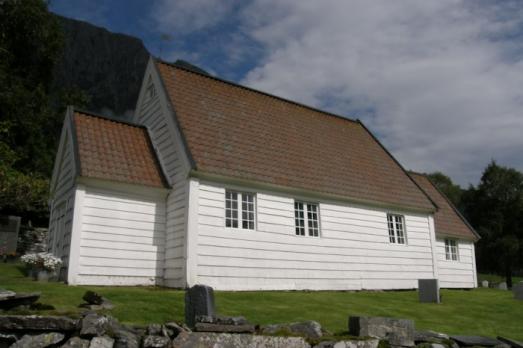
Ålfoten Church
Bremanger, NO
The Ålfoten church is a wooden church built in 1678. There was a medieval wooden church on the site, but it is not known when it was demolished. The medieval cemetery is bounded by cemetery walls to the north, west and south. The present building is constructed of wood, clad on the outside with horizontal panels painted white. The church has no tower, the bell is in the attic and is rung by a ringing rope at the nave entrance door.
